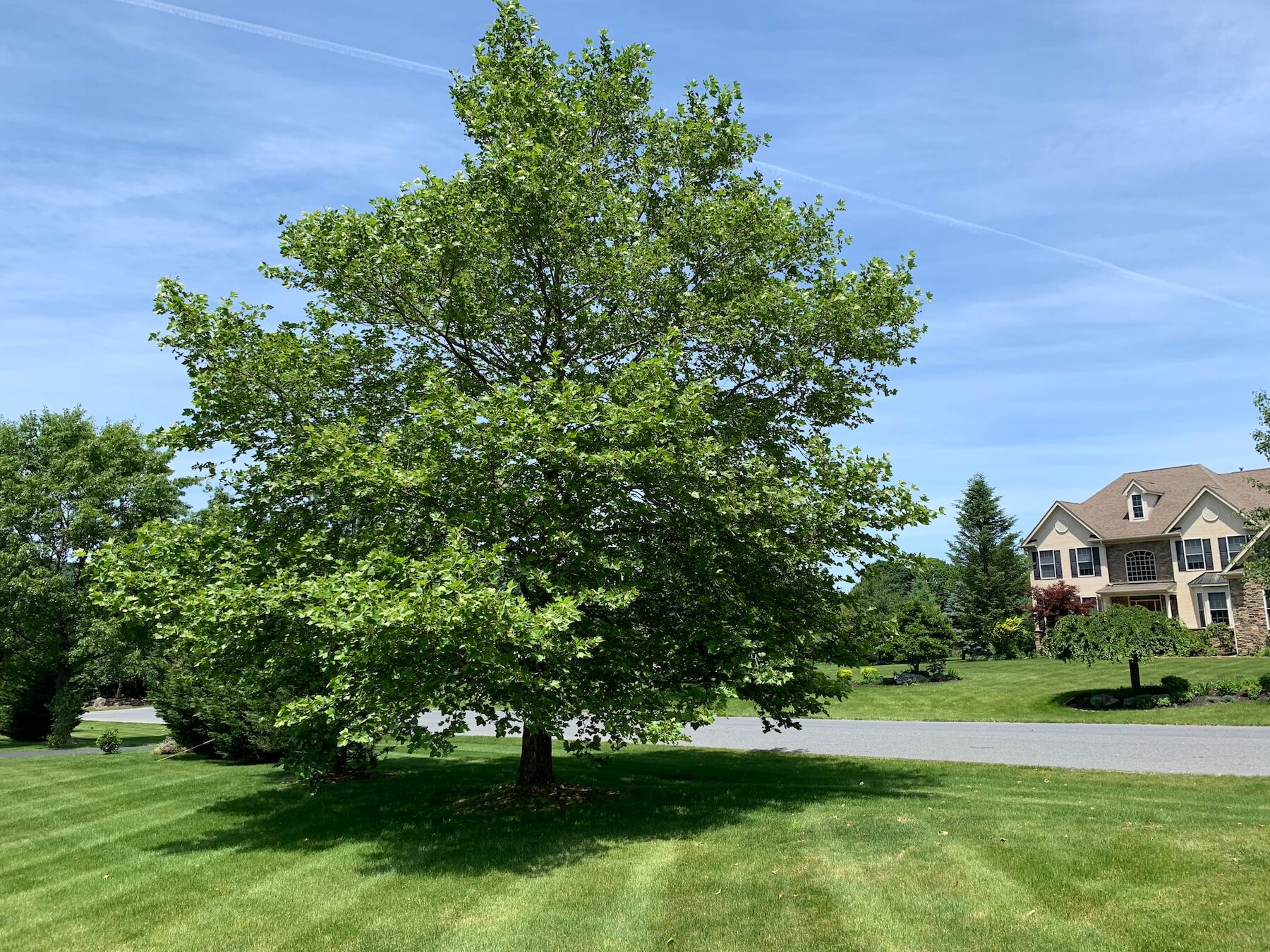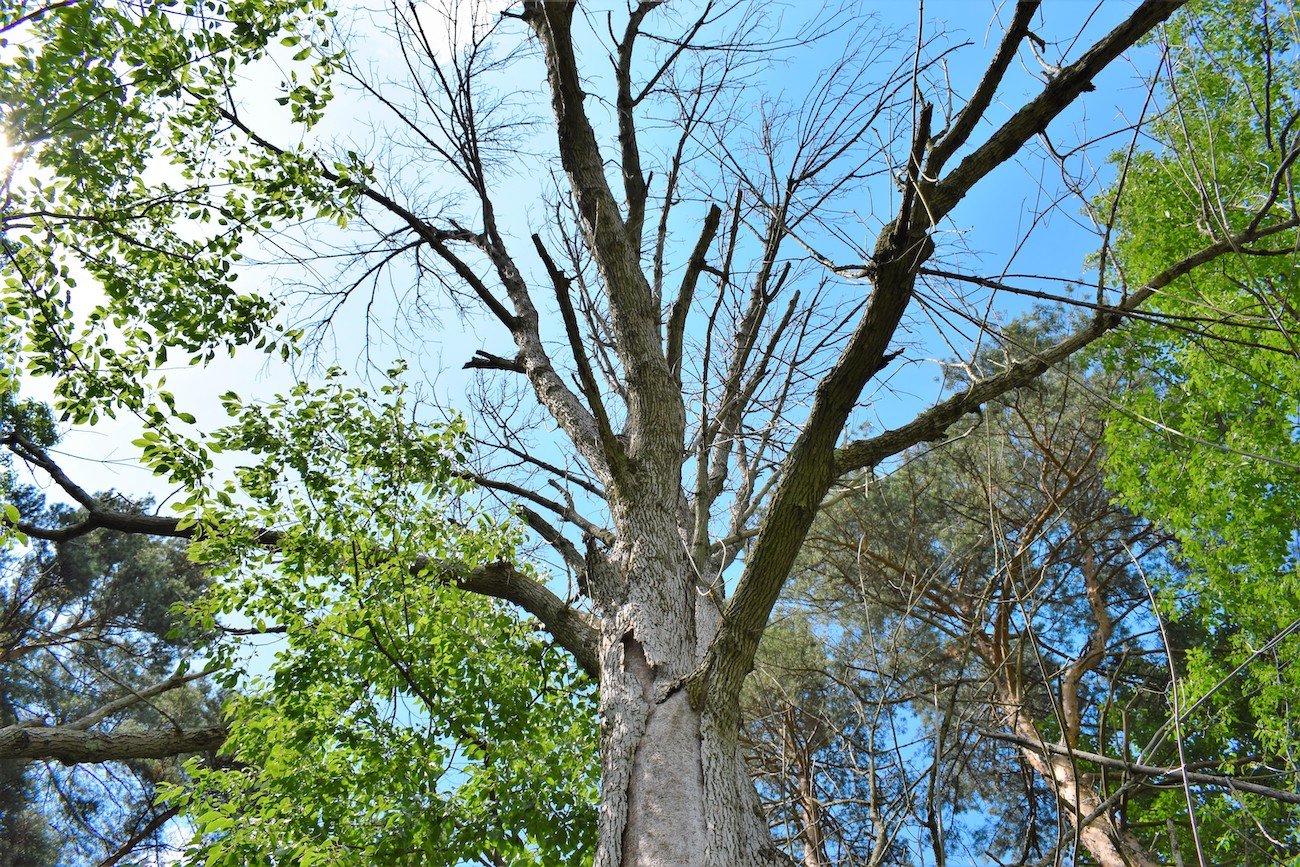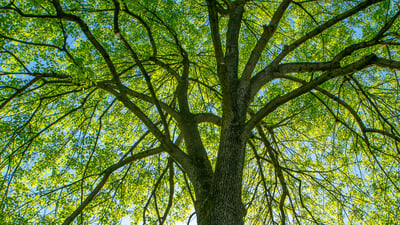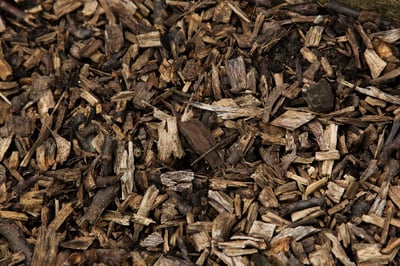


Tree planting mistakes can range in seriousness from being an inconvenience or an annoyance to being detrimental and extremely costly.
Homeowners don’t always take tree planting that seriously. But proper installation is critical to the long-term health of your tree. Planting mistakes can lead to tree health problems down the road that may not be easily remedied. In fact, a tree that was improperly installed might even die.
In this article, we’ll outline some of the most common tree planting errors and talk about how they can be avoided. We’ll cover both small and serious tree planting mistakes that need to be on your radar.
Jump to:
The installation phase is critical to the long-term success of your tree. Here are some of the most common tree planting errors that occur.
The depth at which you install your tree is critical to its health. Planting a new tree too deep can suffocate the roots. It can lead to girdling roots, which involves the roots growing around the tree and ultimately restricting nutrients and water. This can eventually kill your tree.
Of course, planting a tree too shallow can also be problematic. It can lead to instability and a weak root system. If your tree is not firmly planted in the ground, it can be at a greater risk of uprooting. It can also mean delicate roots are exposed to the wind and could dry out.
One of the best pieces of advice that we can offer is making sure that you are installing the right tree in the right place. That means that you’re installing the tree in a location on your property where it will get what it needs (in terms of things like sunlight and water). Unfortunately, it’s a common tree planting error to install a tree somewhere that it’s not going to be set up to thrive.
The health of the soil, including the soil structure itself, can also lead to problems. For instance, if you plant a tree in a spot on your property that is constantly getting waterlogged, that could lead to issues with root rot. It’s important that the soil drains well.
Immediately after planting a tree, you should add a tree ring using mulch. But believe it or not, this is an area where things can go awry. One of the biggest mistakes is piling mulch up against the tree trunk. In our industry, we call this a “mulch volcano” and it’s an improper way of mulching. You do not want the mulch piled up as this can promote root rot. Instead, picture a donut when mulching around a tree. Failing to put enough mulch down is also a problem but not as serious. It just means you won’t gain all of the benefits that mulch can offer (like insulating roots and retaining moisture).

Any of the tree planting mistakes above can cause problems for your trees. It could mean that they never perform their best and continually struggle with health. That might be primarily aesthetic with things like discoloration, early leaf drop, or loss of vigor.
But if your tree’s health really starts to suffer, it could lead to more serious decline and even death. Something as simple as poor planting depth could potentially lead to serious problems that might drastically harm your tree’s health.
Some of the ways that this can become costly or catastrophic for you include:
Here are a few tree planting tips related to size and location. A small tree would grow a maximum of 10 feet and you want to plant it at least 10 feet away from any hardscaping (like a patio or sidewalks). A medium tree would grow up to 50 feet, you want to plant it at least 20 feet away from hardscaping. A large tree will grow to 100 feet, and you want to plant it at least 30 feet away from hardscaping.
In terms of cost, it should be noted that tree removal can be expensive, especially for large trees. If you have to spend the money to remove a tree that was installed wrong and has always struggled, that can be frustrating.
You also have to consider the replacement cost if you plan to install a new tree. Plus, you’ve lost the investment that you had in the tree in the first place.

To avoid tree planting mistakes, we’d recommend consulting with a professional landscaper. We do have tree planting tips in a tree planting guide that we’ve put together.
Here are the basic steps for planting a tree:
1. Dig a hole. The hole should be two to three times wider than the root ball and deep enough to fully cover it.
2. Position the tree properly. As you place the root ball inside of the hole, make sure that the tree is positioned the way you want it. As you do this, be careful not to pick up the tree by its trunk but rather move it by the root ball container. Make sure the trunk is straight. Have a friend hold the tree while you step back and take a wide look.
3. Fill the hole in. Gently fill in the hole with the soil that was just removed. Pack the soil gently.
4. Water the tree. Allow the water to help the soil settle. According to the Forest Service, a newly planted tree requires six to eight gallons of water for every diameter inch of trunk—per week.
5. Incorporate a mulch ring. Adding mulch around a tree can help protect its roots. Be careful to avoid creating a mulch volcano during this stage. Make sure your mulch ring looks like a donut!
While this is by no means rocket science, there are a lot of ways that things can go wrong. Even choosing a species that is not optimally suited for your property is a common mistake. When you work with a professional landscaper, you can ensure that the best trees are chosen and that they are installed right.
Although we do not install trees here at Limbwalker, we definitely want to see homeowners do this right. We love caring for trees and we know that when trees were installed improperly, they’re never going to perform their best.

As we just mentioned, here at Limbwalker, we do not install trees. However, we do care for them and want to see them perform their best. Over the years we have seen many trees that were planted improperly and will always under-perform as a result. Even worse, we’ve seen trees lost because of planting mistakes.
That’s why we always tell homeowners that if you are in doubt, turn to a professional for tree planting help. At the end of the day, this can be a very valuable investment in ensuring that your trees are properly installed.
And once they are, we’re here to help care for them and maintain their longevity.
With the proper care, you can avoid tree stress and help promote healthy and thriving trees.
At Limbwalker, we care deeply about homeowners like you and want to help you achieve a safe and beautiful property that you love. For that reason, we’re always here to answer your questions about tree care.
If you are installing a tree on your property and you have questions, feel free to reach out!
At the end of the day, we believe that you deserve to enjoy your Louisville property to the fullest. Having healthy trees is the key to ensuring that happens.
If you’d like to learn more about tree services for your Louisville home, get in touch, get your quote, and get back to enjoying your yard.



